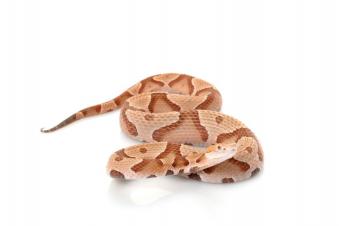Garden Snakes: Friend or Foe?

Getty Images
Common Garter Snake

Garter Snake; source istockphoto.com; permission licensed
Common Kingsnake

kingsnake; source istockphoto.com; permission licensed
Copperheads

Copperhead Snake; source istockphoto.com; permission licensed
Common Corn Snake

Corn Snake; source istockphoto.com; permission licensed
Eastern Diamondback Rattlesnake

istockphoto.com
Fox Snakes

fox snake; source istockphoto.com; permission licensed
Yellow Rat Snake

Yellow rat snake; source iStockphoto.com; permission licensed
Lovely Garden Snakes Pictures

Getty Images
© 2025 LoveToKnow Media. All rights reserved.







